7 Crore+ Customers

Affordable Premium

7 Crore+ Customers

Affordable Premium


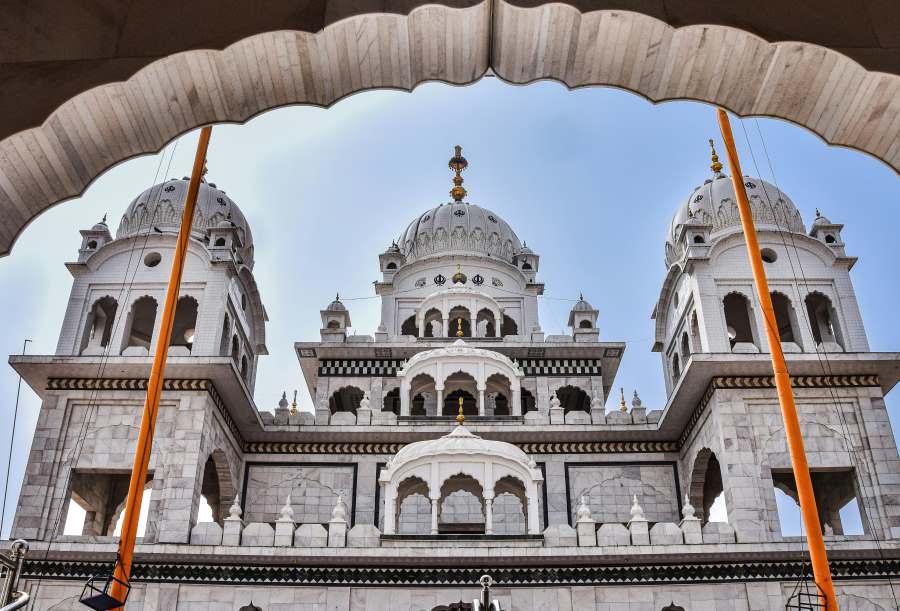
Gurudwaras in India are important places where Sikhs go to worship. They're not just for religious activities but also represent equality and community service. Gurudwaras have unique buildings and a welcoming vibe that draws people from everywhere. They embody Sikh values and provide comfort and guidance to anyone who visits.


Gurudwara Harmandir Sahib
Gurudwara Sri Paonta Sahib
Guru Baba Atla Sahib
Takht Shri Damdama Sahib
Gurudwara Bangla Sahib
Gurudwara Shri Tarn Taran Sahib
Gurudwara Mattan Sahib
Gurudwara Hazur Sahib
Gurudwara Hemkund Sahib
Gurudwara Rewalsar Sahib
Gurudwara Nanak Jhira Sahib
Gurudwara Takht Sri Patna Sahib
Gurudwara Shri Manji Sahib
Gurudwara Nada Sahib in Panchkula
Gurudwara Baoli Sahib
Guru Ram Rai Darbar Sahib
Read more about:
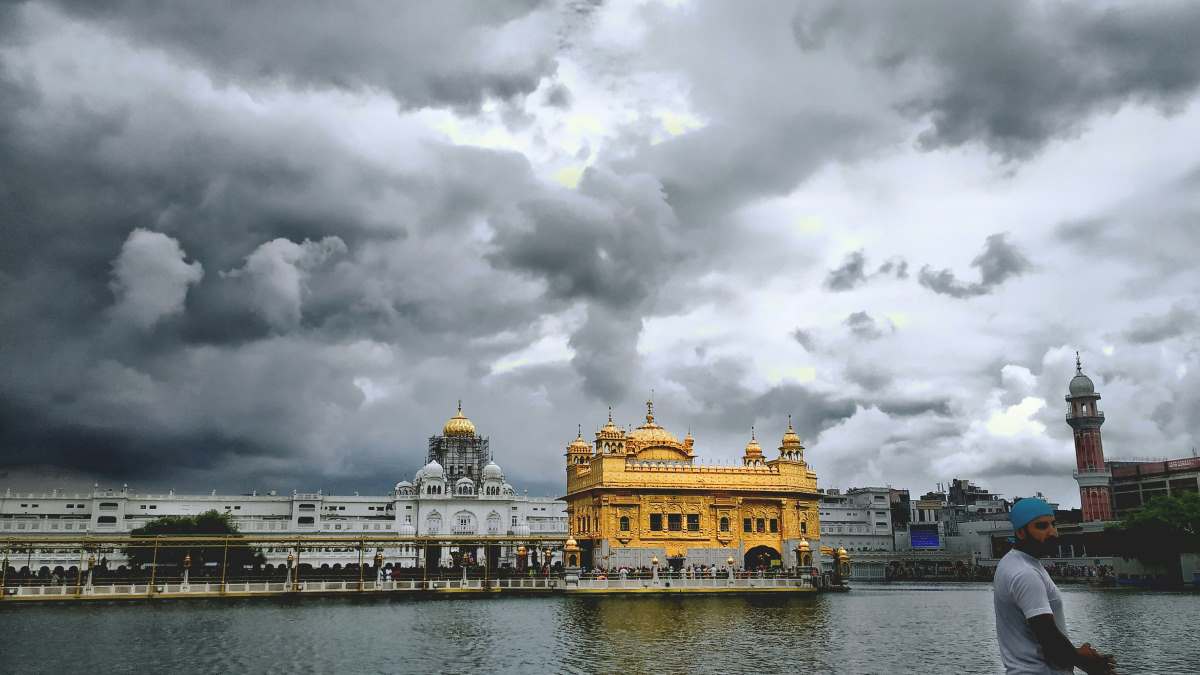
Often referred to as the Golden Temple, this is India's most well-known and largest Gurudwara. The Adi Granth was positioned in 1604, and Guru Arjan laid the foundation stone in 1855.
Know more about:
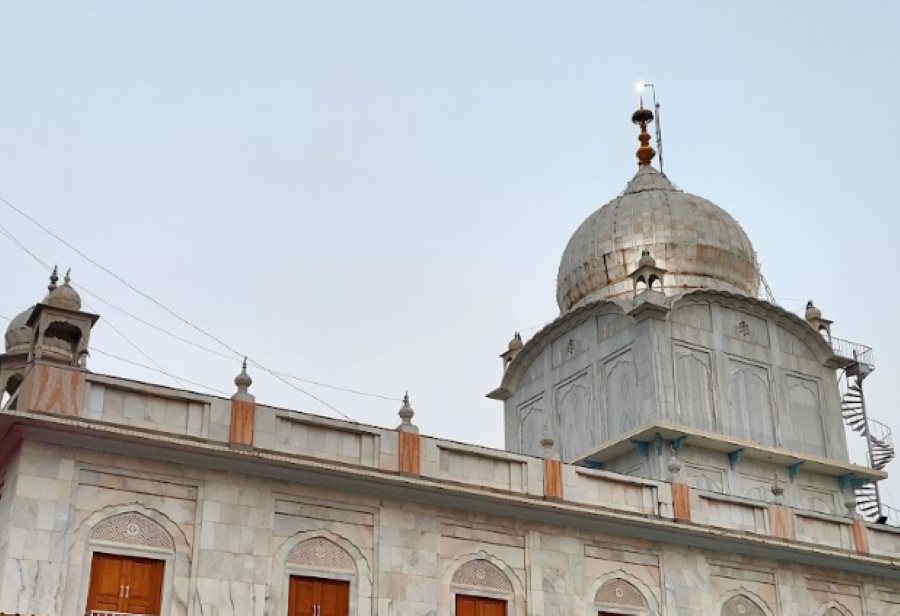
This Gurudwara is so well-known in India because Guru Gobind Singh penned the sacred Dasam Granth here. It is also a significant Sikh pilgrimage site because it is where Guru Gobind Singh planted his feet after losing a foot adornment.
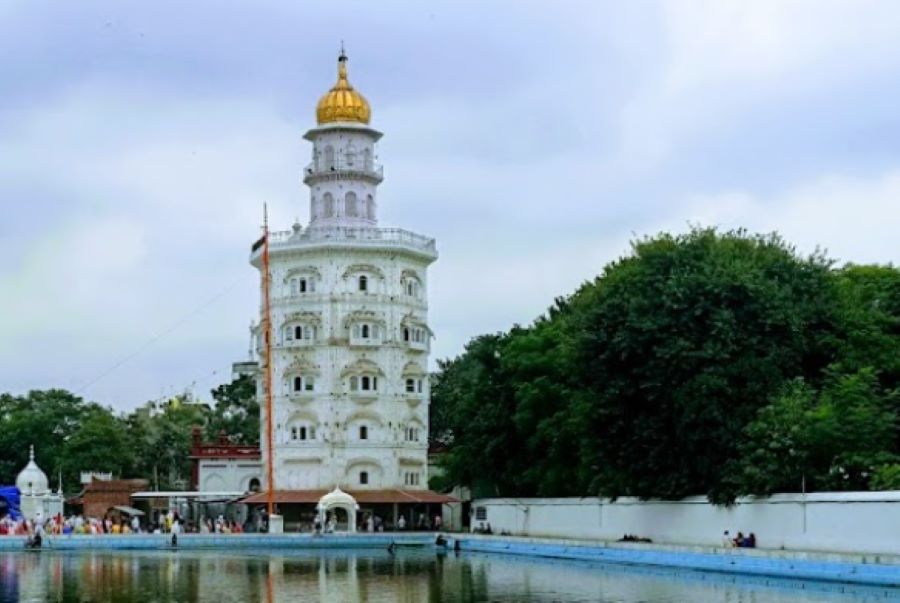
This renowned Gurudwara built between 1778 and 1784, was built in remembrance of Baba Atal, the son of Guru Hargobind Singh. It is renowned for its exquisite architecture.
Read more about:
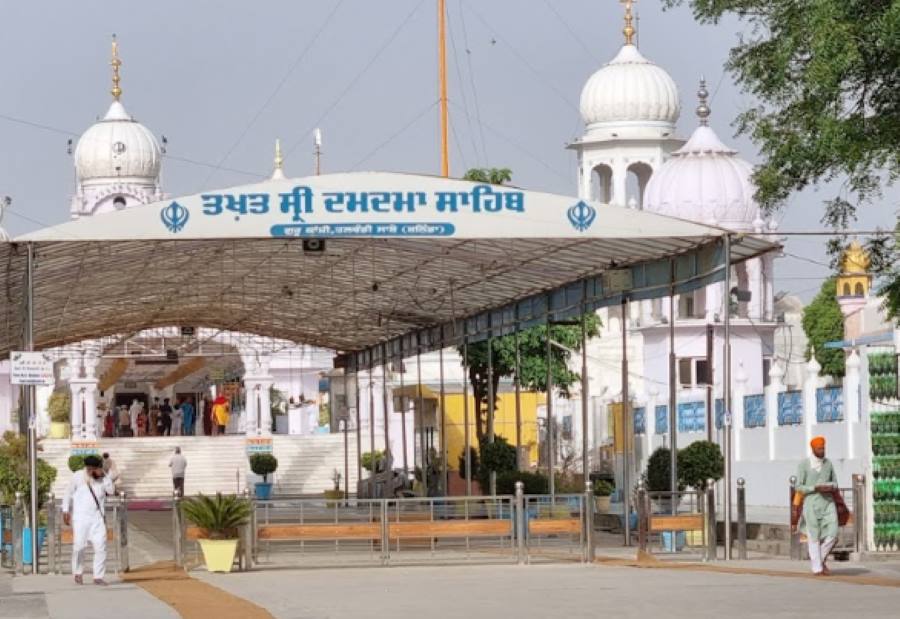
This Punjabi Gurudwara holds great significance as it is where Guru Gobind Singh penned the Sri Granth Sahib. This is where Guruji also put the Singhs' faith to the test. It was built in memory of the fifth Sikh Guru, Shri Arjan Dev Ji.
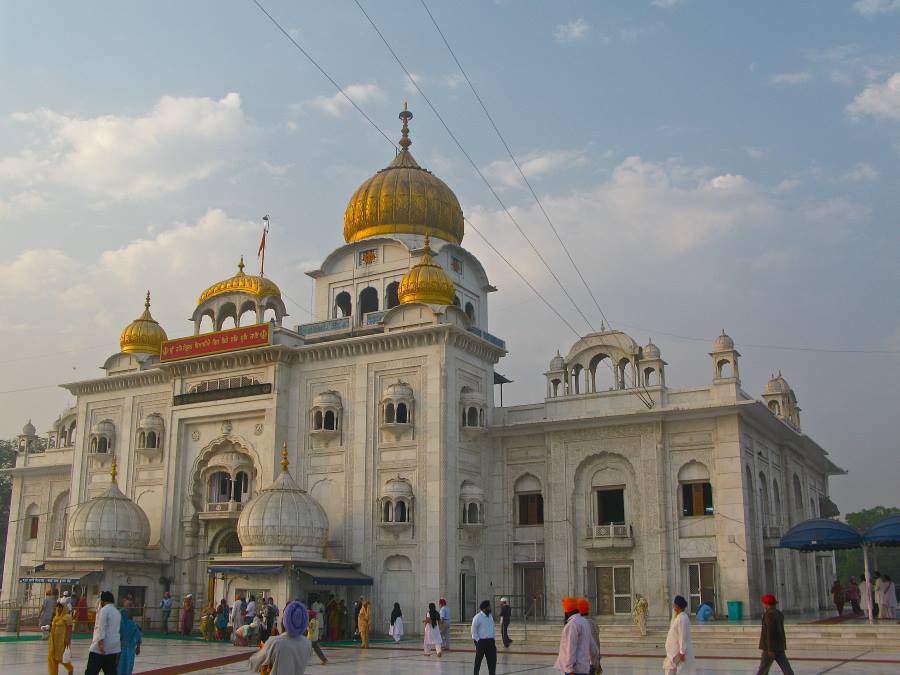
Located in the centre of Delhi, this Gurudwara was built between the 17th and 18th centuries. The ninth Guru, Har Krishan, who resided here, is honoured by this Gurudwara. It has beautiful sculptures inside the domes and a sizable body of water.
Learn more about:
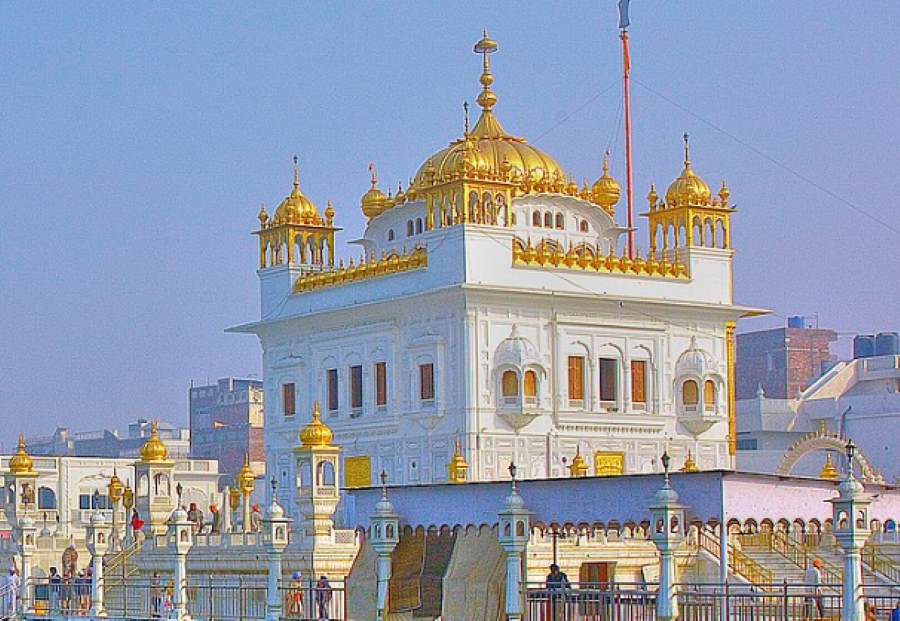
You should visit the Tarn Taran Sahib to see the largest Sarovar in a Gurudwara in the entire nation. This Gurudwara is renowned for drawing big crowds of devotees on Amavasya day each month, and it is also incredibly beautiful.
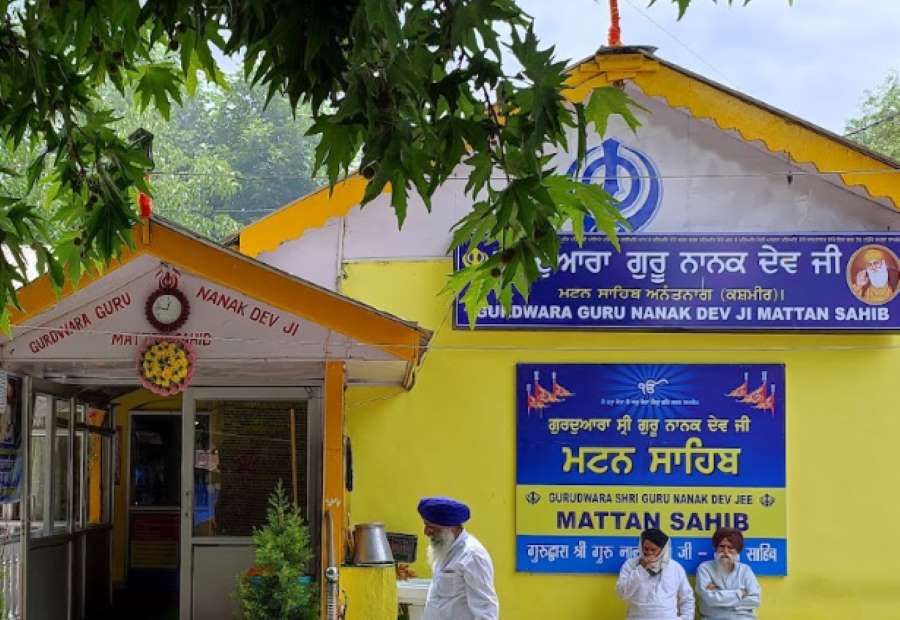
This Gurudwara, located on the Anantnag-Pahalgam route, was built by a Brahmin who became a Sikhism after being enlightened by Guru Nanak Dev. This location is very significant to Hindus in addition to Sikhs.
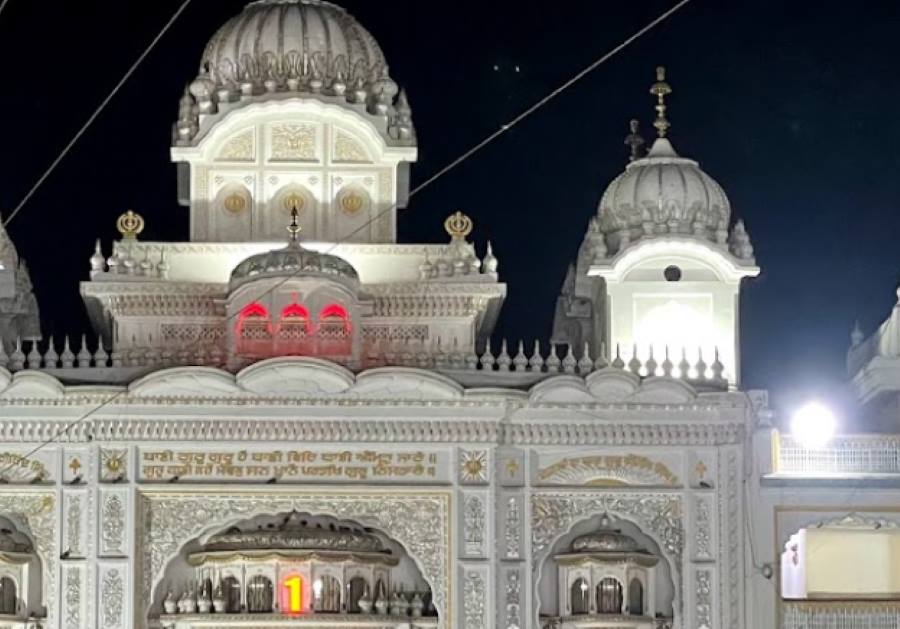
Sachkand Takhat One of India's most exquisite gurdwaras is the Shri Hazur Abchalnagar Sahib Gurdwara. Maharaja Ranjit Singh constructed this in 1832 to remember Guru Gobind Singh, the tenth guru, who passed away at this location.
The scenic splendour of Gurudwara Sri Hemkund Sahib is well-known. Due to the altitude and weather, this 4000m-tall Gurudwara was constructed in the shape of a star. But avoid going there in the winter as the shrine is closed from the bitter cold.
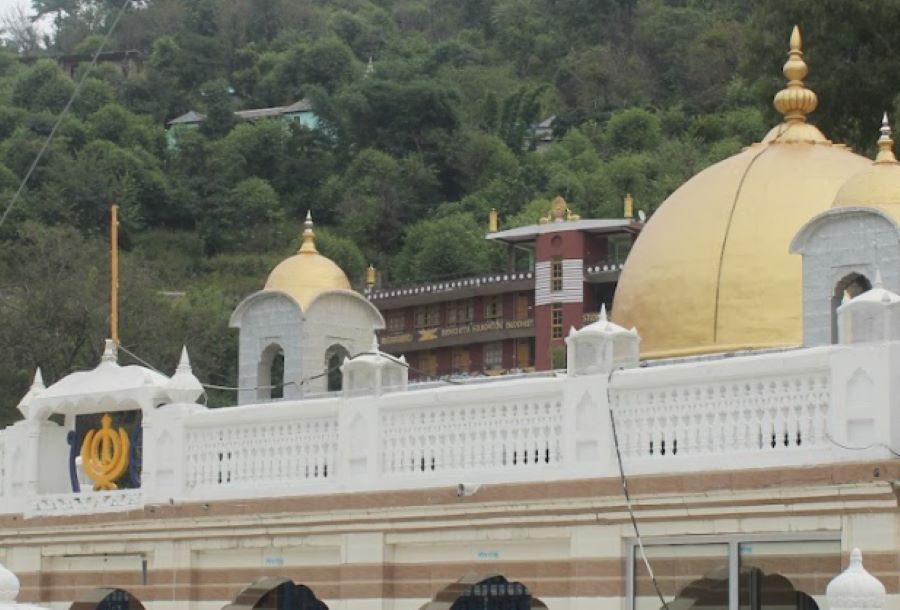
The Guru Gobind Sahib met Raja Siddh Sen of Mandi in this Gurudwara. Because of its enormous dome, the Gurudwara can be seen from a distance. There are 108 steps to climb to get to the Gurudwara.
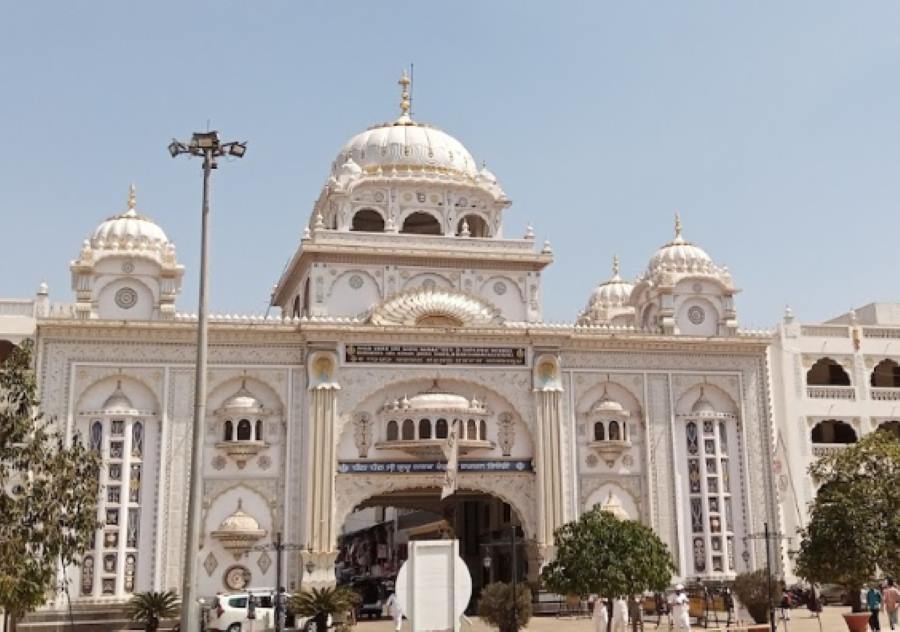
The Gurudwara Nanak Jhira Sahib is one of the most popular gurudwaras in India. It receives a large number of devotees and tourists on three separate occasions a year: Guru Nanak Jayanti, Diwali, and Holi.
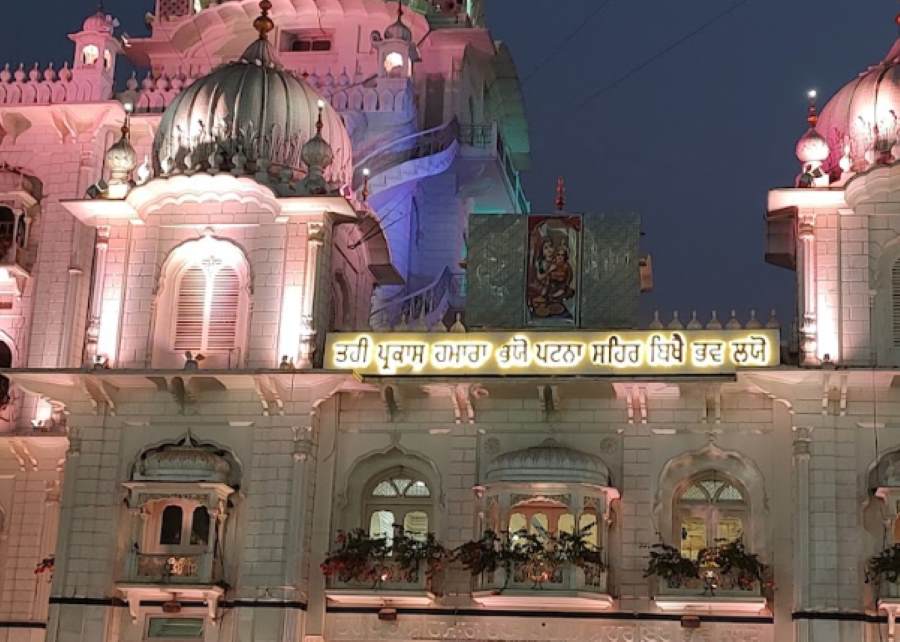
In fact, Guru Gobind Singh lived in Patna for several years after being born there. Maharaja Ranjit Singh built Takht Sri Patna Sahib in 1780. With Guru Teg Bahadur's visit to and stay in Patna, this gurudwara holds great significance in the nation.
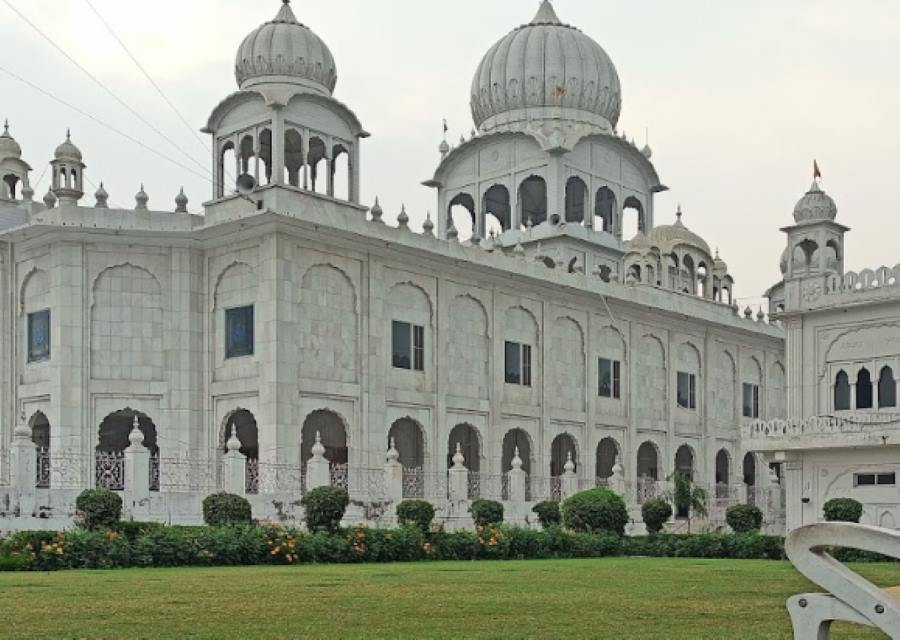
The shrine honours Guru Gobind Singh Ji in remembrance of his brief sojourn on the road. Because of its spiritual atmosphere and historical significance, it is a must-visit for people interested in Sikhism and its history.
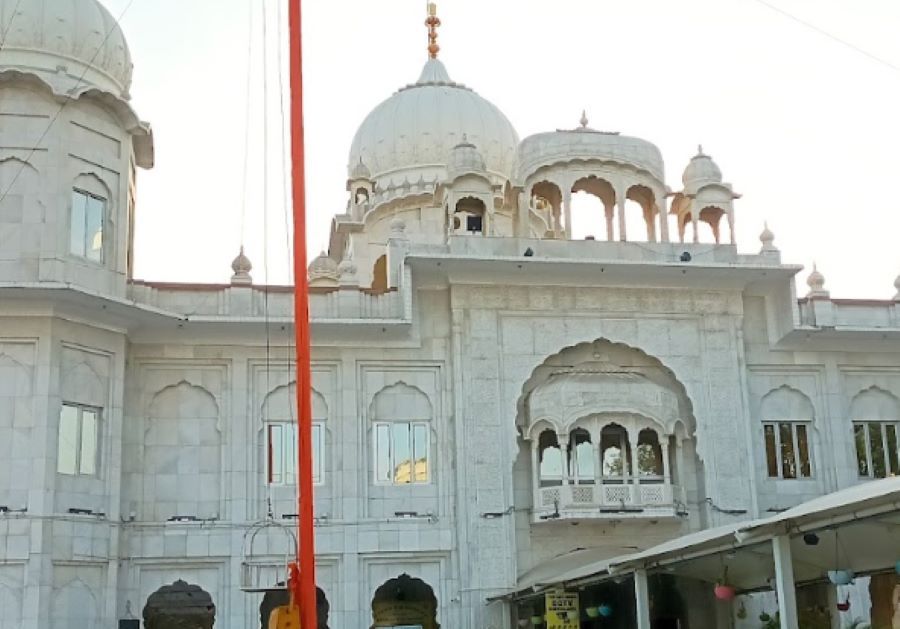
It honours the location where Guru Gobind Singh Ji stopped after the Battle of Bhangani. The Guru's disciple Nada Sahib, who gave modest services at that time, is also honoured by the name of the Gurudwara.
It is well known for its 84-step well, each step representing a stage in the human life cycle. It is said that dip in the well will provide spiritual comfort. This hallowed location honours Guru Amar Das Ji.
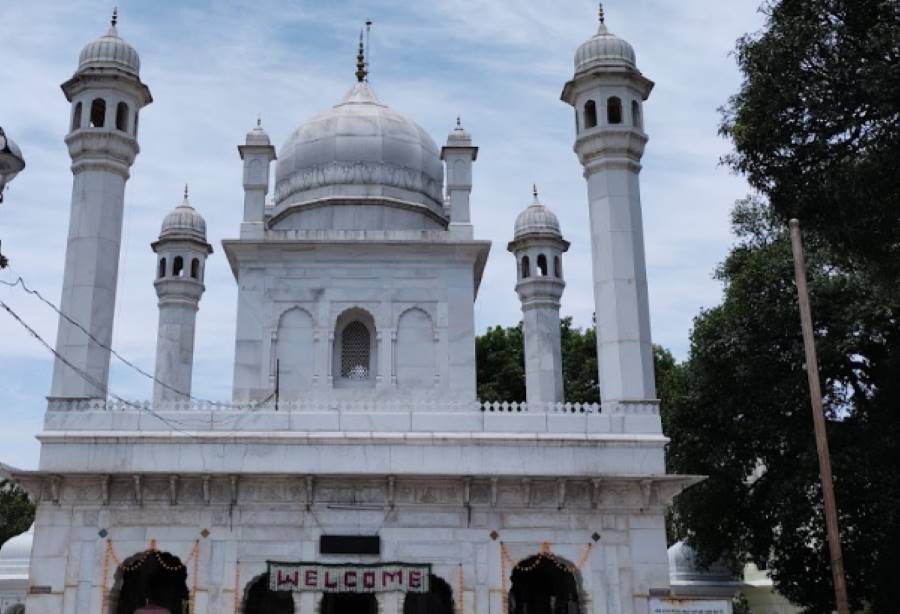
This Gurudwara, established by Shri Guru Ram Rai Ji, is evidence of the exquisite architecture and lengthy history of Gurudwaras in India. It represents the peaceful coexistence of various communities in the area.
Gurudwaras in India stand as timeless testaments to the country's rich spiritual heritage and architectural prowess. Each gurudwara is not just a place of worship but a repository of history, culture, and tradition, drawing devotees and visitors from all corners of the globe. Offer an unforgettable journey into the heart of India's diverse religious landscape.
Protect What Matters - Explore Other Insurance Options